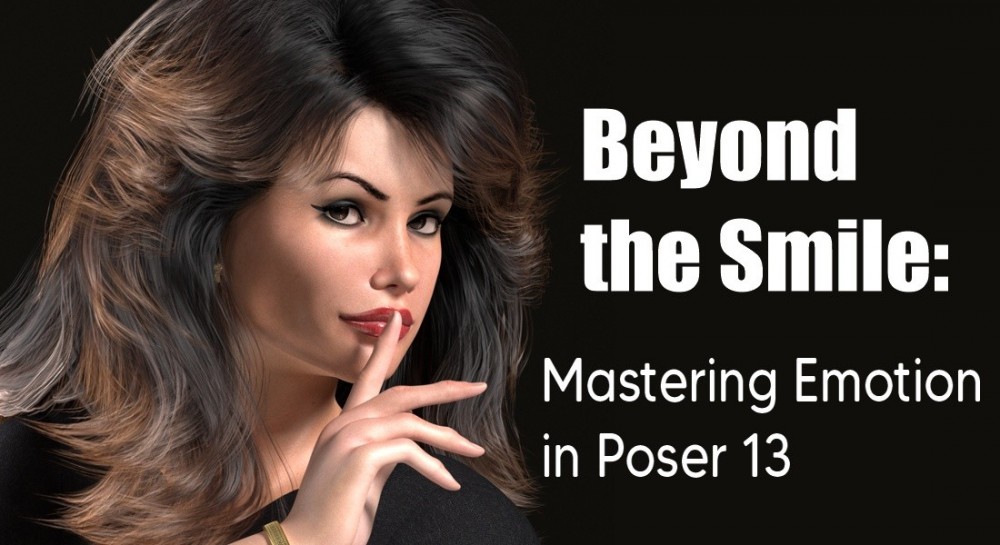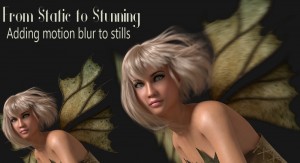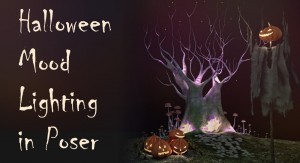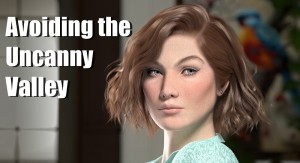Facial expressions are the heartbeat of visual storytelling. Subtle movements of the face can convey emotion and engage your viewers with the character and the story. Micro-expressions reflect complex feelings like doubt or sarcasm.
In Poser 13, the ability to fine-tune facial features allows creators to build characters that feel alive, layered, and deeply human. The software offers a robust set of features for facial rigging and expression control. Thus, combining presets with manual tweaks will help you avoid “stock” expressions and enable the creation of something uniquely yours.
In Poser 13, the ability to fine-tune facial features allows creators to build characters that feel alive, layered, and deeply human. The software offers a robust set of features for facial rigging and expression control. Thus, combining presets with manual tweaks will help you avoid “stock” expressions and enable the creation of something uniquely yours.
The La Femme and L'Homme figures (both versions 1 and 2) were designed with that in mind and contain 30 different facial expression chips that can be directly manipulated or with their respective dials. Version 2 of these figures also have 7 Expression Controls to make it even easier to utilize combinations of these chips and obtain natural and expressive emotions.
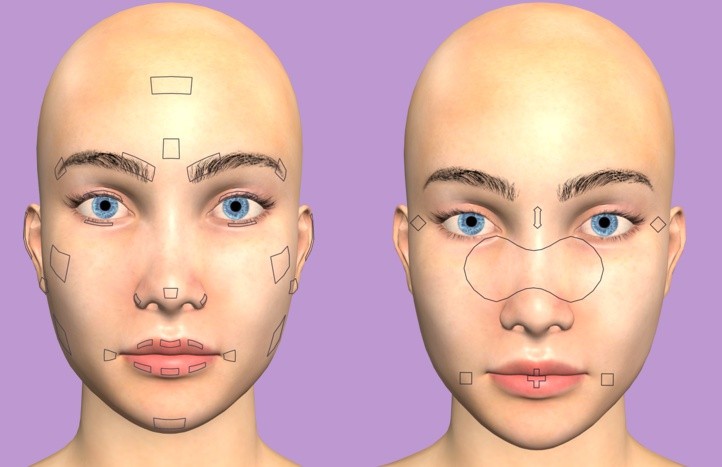
But even if your base figure of choice does not have these chips you can use expression dials or even create your own with the Morphing Tool and/or Magnets. (These tools will be discussed separately)
Mastering Emotional Nuance
Understanding how different facial zones contribute to expression is key in creating them. Here are some examples that will help you create expressive characters in your stories.
Understanding how different facial zones contribute to expression is key in creating them. Here are some examples that will help you create expressive characters in your stories.
Eyebrows
Eyebrows set the tone for surprise, anger, or concern—morph dials allow you to arch, furrow, or raise them for dramatic effect.
Eyes
The eyes are windows to joy, fear, sadness, and suspicion, and adjusting gaze direction or squinting can shift a character’s emotional intensity.
Mouth
The mouth conveys sarcasm, happiness, and disgust through lip curls and nuanced smile or frown tweaks.
Together, these zones form the expressive toolkit that transforms static characters into emotionally resonant storytellers.
Together, these zones form the expressive toolkit that transforms static characters into emotionally resonant storytellers.
Achieving Complex Emotions in Poser 13
Here are some foundational expressions with tips for creating them regardless of the base figures used.
Here are some foundational expressions with tips for creating them regardless of the base figures used.
- Joy, happiness, delight and similar feelings are usually conveyed with raised cheeks so make sure you not only tweak the mouth into a smile but focus on the cheeks as well. The eyes can either be squinting with subtle crow's feet when smiling intensely or wide open with surprised delight. Try various combinations and you'll soon be on your way to creating complex and blended emotions.
- Sadness and disappointment are not adequately expressed with just downturned lips but may be accompanied with drooping eyelids so lowering the brow as well as the mouth corners in Poser is essential.
- Anger or frustration makes us use our facial muscles more intensely so there is furrowing of the brows and clenched jaws. Use the dials for brow tension bringing them close together, lowering and raising the jawline.
- Fear and panic can sometimes be difficult to convey differently from shock and disbelief but while the two share the raised eyebrows, wide eyes and open mouth anger can be better expressed when the lips are stretched whereas surprise would have an open-mouth jaw drop.
- Our last example, disgust, is pretty easy to achieve. Wrinkle the nose, narrow the eyes and lift only one side of the upper lips (easily done with the face chips).
Note: Asymmetry is a must in crafting believable expressions but what if your figure contains only simple expressions like Smile, Frown, etc and no face chips? In Poser 13 you can choose to split a morph and 2 new morphs will be created, one for each side (left, right). It's that easy!

Facial storytelling is where emotion meets artistry—and with Poser 13, you have everything you need to make your characters speak volumes without saying a word. Whether you're crafting a subtle smirk or a full-blown expression of rage, the tools are at your fingertips to create believable, emotionally rich characters. So go ahead—experiment, blend, and refine. Your next unforgettable moment is just a dial away!
.png)
